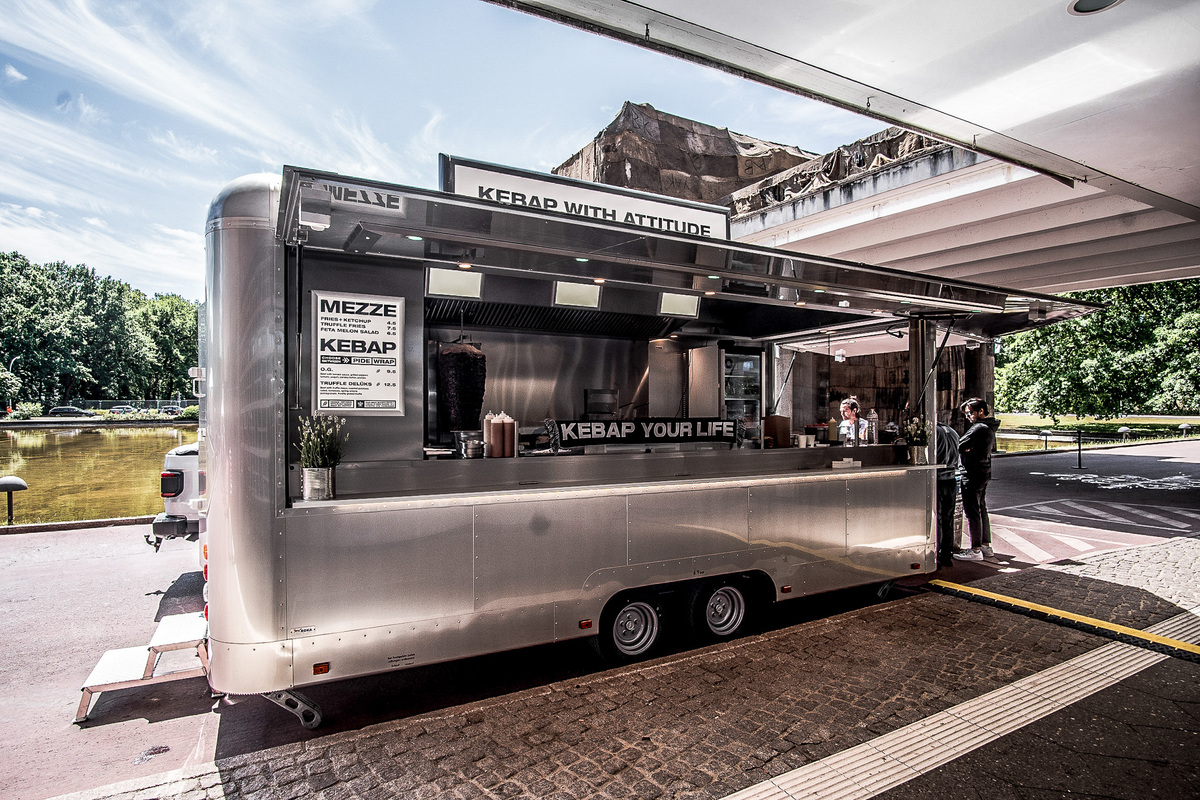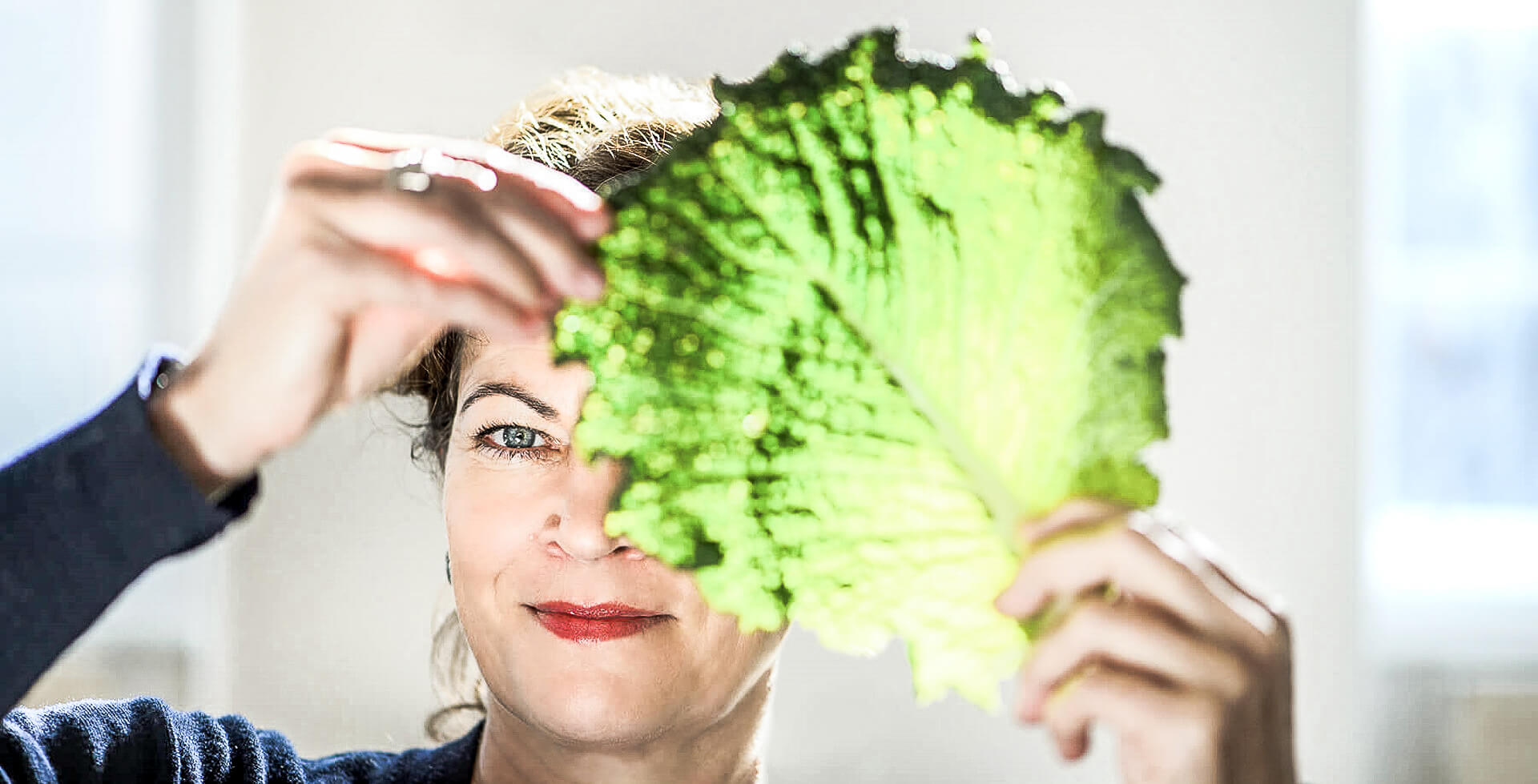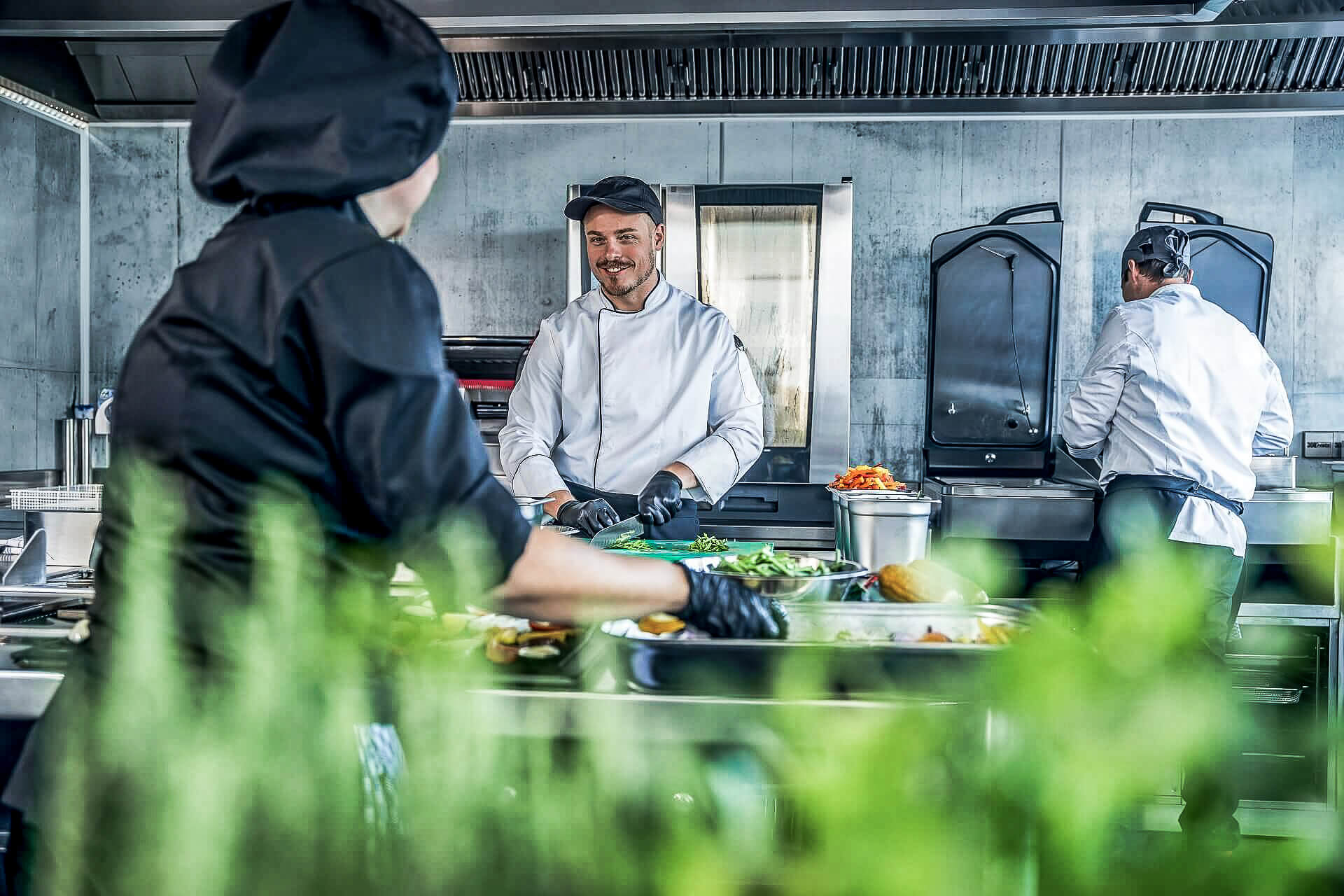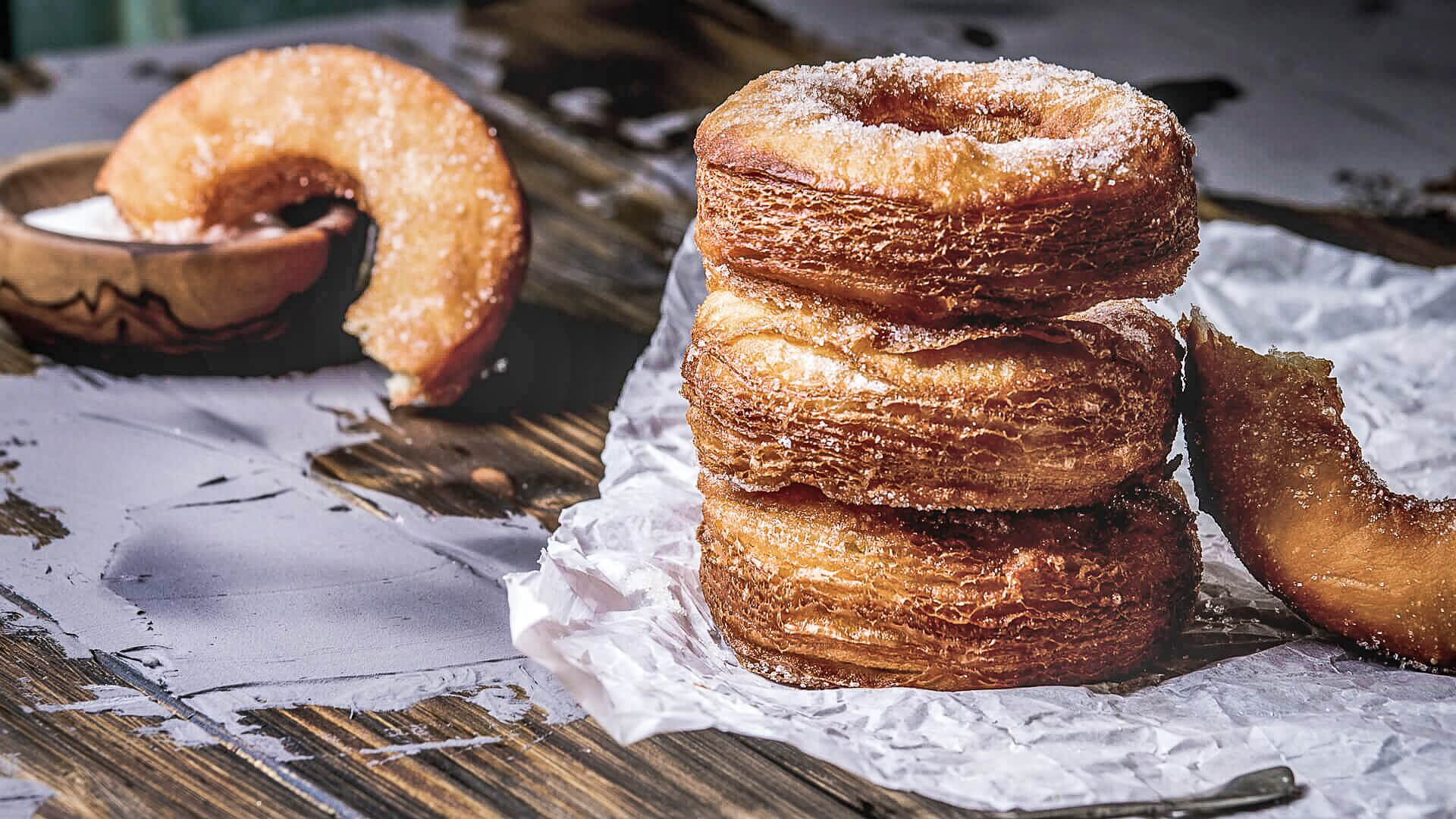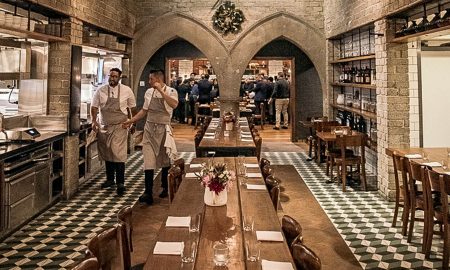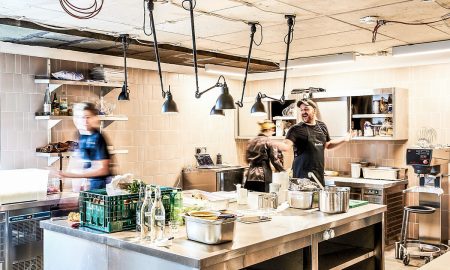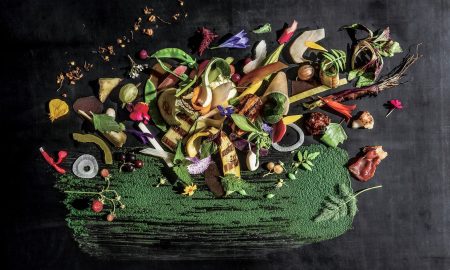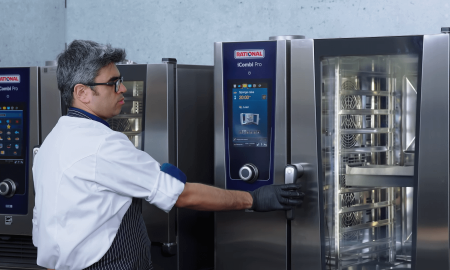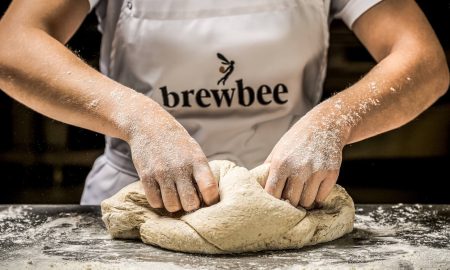If anything unites us on this planet, it’s not something that most of us have – in fact, the opposite is true: We are united in our lack. That is, our lack of time. We live in a world where everything is getting faster, and more hectic, while the time we have available is constantly shrinking. It is precisely this lack of time that has radically changed eating habits. Fast food has dominated urban cuisine in particular for many years. In other words, food that is prepared quickly and usually eaten just as quickly.
While in the past people used to sit down in the restaurant for at least a few minutes to enjoy their meal, nowadays this is becoming increasingly rare. Today everything has to be quick, preferably to go, with no need to wait in line or go into a store or restaurant. The answer? Street food! But what is it exactly?
In short, street food refers to ready-to-eat food and beverages sold directly on the street. Nothing new in itself, since classic German sausage shacks have been around for years.
Street food: innovative and high-quality
However, in recent years what has changed is the image of street food. From London to Paris, Vienna and Zurich to Milan and Barcelona: Apart from a marked improvement in food quality, innovative concepts also constantly offer something new. Whether it’s a metropolis or a small town, street food festivals – in other words, markets where suppliers cook and sell a wide variety of trendy dishes from all over the world in their food trucks – are now an indispensable social event. One thing aboutstreet food that is clear: It’s moving away from cheap fast food to trendy, high-quality and sustainable food. And people are willing to dig deeper into their pockets for these meals and sometimes even put up with long waiting times.
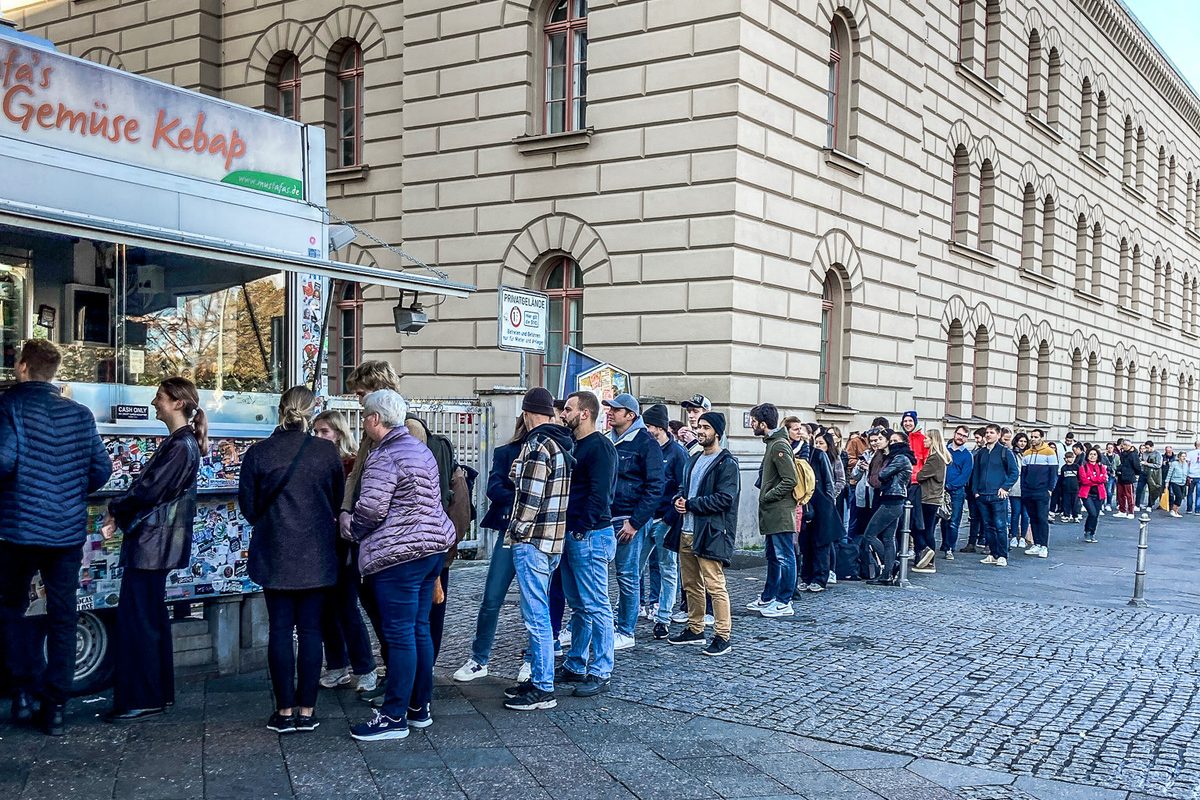
Image: Tarik Kara
Döner birthplace Berlin
This last point is something you can witness daily since 2005 on Mehringdamm, a not exactly hip thoroughfare in Berlin’s Kreuzberg district. This is where you’ll find Mustafa’s Gemüse Kebap, Germany’s most popular kebab stand for many years. Customers sometimes line up here for more than an hour – voluntarily, of course. But why?
What makes this street food stand so special that it is now even considered a tourist attraction? The mastermind behind Mustafa’s is Turkish-born Tarik Kara, who has created a true Berlin local sensation with regional organic products and the right know-how. However, the 40-year-old believes that the secret of his success lies elsewhere. “The quality of the food depends on the quality of the employees. If they are happy, they make better döners,” says Kara. For him, appreciation is the most important thing, both for his employees and customers. “I do everything for them. And they feel it.”
Instinct and quality are also responsible for the success of street food elsewhere. That is, the instinct for being in the right place at the right time. Because then even money doesn’t play a role (or at least barely), as Hans Kebab in Munich proves. Its owner, former bartender Cihan Anadologlu, invented “Germany’s first craft kebab” in 2021. He now offers the probably most expensive döner in the Federal Republic at two locations in the Bavarian capital. This one really has it all. “From Istanbul to Tokyo” is the name of the premium döner kebab, which is filled with Japanese Wagyu, the best beef in the world for many beef lovers. It’s also rare, which is why this exclusive street food is only available in a limited number daily. Because of this, you should reserve the day before. The price of the premium kebab, a hefty 35 euros, apparently doesn’t discourage many people. From Istanbul to Tokyo usually sells out quickly.
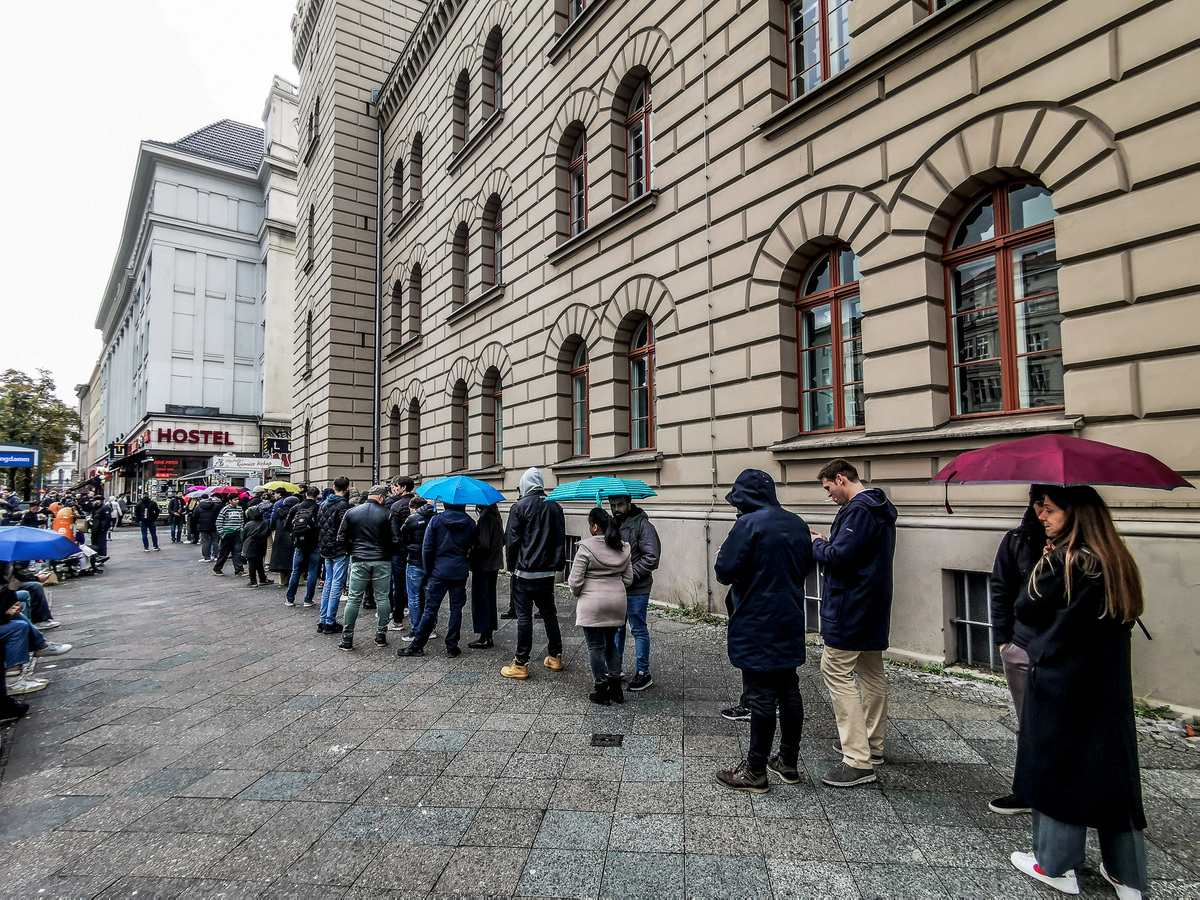
Image: Michi Reichelt
Indeed, the döner kebab and Germans is a love affair that has gone strong for half a century. Even though the sandwich with spit-roasted meat originated in Turkey, it only really hit it big when it came to Germany, as the sociologist and journalist Eberhard Seidel explains in his book Döner. A Turkish-German cultural history. Berlin is the “birthplace” of the döner, which has evolved from a dish “deriving from an economic and socio-political emergency” into a real success, according to the author. And it’s popularity extends far beyond Germany’s borders.
Street food: from the street to the gourmet restaurant
There is plenty of evidence for this. In 2020, entrepreneur Elon Musk was not the only one to say “döner kebab” when asked to name his favorite German dish. Even the world-famous Berlin luxury hotel Adlon includes the Adlon Döner on its menu. Here’s how they describe this “very sophisticated version” of the street food classic: “The crispy flatbread is filled with sous-vide-cooked loins of veal, pickled red and white cabbage, slices of tomato, a truffle cream and freshly sliced truffle chips.” Price: around 33 euros.

Image: Hotel Adlon Kempinski Berlin
A little over a mile from Adlon, you’ll find Kebap with Attitude, Berlin’s first “New Wave Döner Kebap Restaurant”. In this case, “attitude” means organic, regional, transparent and fair. “We have redefined the art of kebap production,” explain founders Deniz Buchholz and Daniel Herbert. There idea was simple: To make the döner an “unforgettable” experience. “We offer a variety of flavors that take you from the streets of Bursa to Berlin and beyond.” This eventually manifested itself in creations such as the Vietnamese-style Lào Mau or the Truffle Delüks with green asparagus and pomegranate seeds. For catering, Kebap with Attitude goes back to its street food roots. They provide a food truck that serves the “New Wave” döner at events.
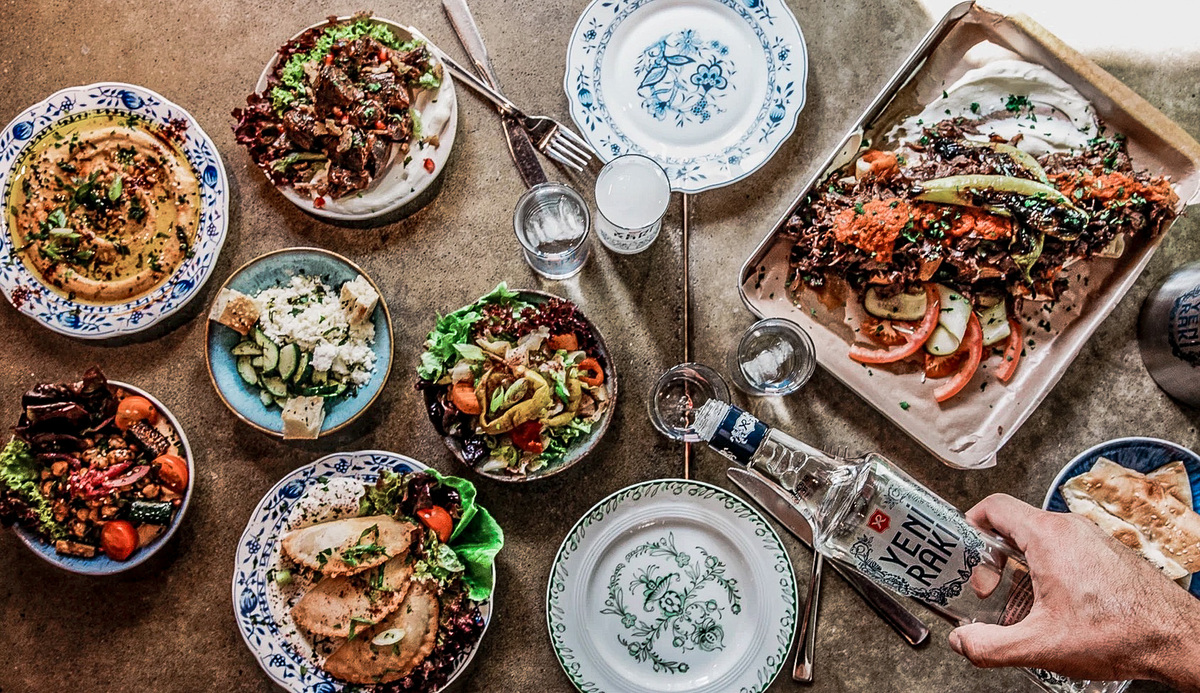
Image: Kebap with Attitude | Tom Christen
In times such as ours, meat-free versions of the classic kebab are naturally a must. Besides those with vegan meat substitutes (a “vöner”), there is also a vegetarian version which comes from, you guessed it, Switzerland: The cheese kebap. A blend of cheddar, halloumi and raclette cheese, Roland Rüegg from Zurich launched the “Cheebap” globally in 2018. Even the British daily newspaper The Sun reported on this Swiss trend. However, it has yet to make a real breakthrough beyond Switzerland’s borders.
French tacos, on the other hand, have already made this leap. As the name suggests, this street food, was first created in France. It’s made up of wheat tortillas filled with meat and French fries topped with cheese sauce. The trained bricklayer Patrick Pelonero is partly responsible for this trend. In 2007, he opened the first O’Tacos restaurant in Paris together with some childhood friends. This venture eventually evolved into the largest French taco chain through franchising. With over 200 points of sale in France alone and numerous others in Belgium, Germany, Luxembourg, the Netherlands, North Africa and French overseas departments, the trend is definitely on the rise.
Good food – even on the road
A trend on the rise also applies the UK street food icon: Petra Barran. In 2005, following an apprenticeship with Belgian chocolatier Pierre Marcolini, the Englishwoman began driving around the country in an old ice cream van called Jimmy to sell chocolate. After six years on the road, she finally founded KERB , a collective of small, independent street food providers. “I wanted it to become normal to eat good food on the street. I didn’t want this to be possible only in restaurants,” says Barran.
Street food in London was same old, same old. “I wanted to bring in taste, independence, power and know-how right from the start. I also wanted to fight against the wave of boring gastronomy that is heading our way.” KERB members who are active in markets or company events receive professional and logistical support, help with the organizational structure and marketing as well as business development. In the meantime, various street food providers have gone on the establish successful restaurants, such as Pizza Pilgrims, Bleecker Burger and Bao. What hasn’t changed, according to the founder, is the original vision: “Great food, served by great people working at markets and events around the city to make London taste better.”
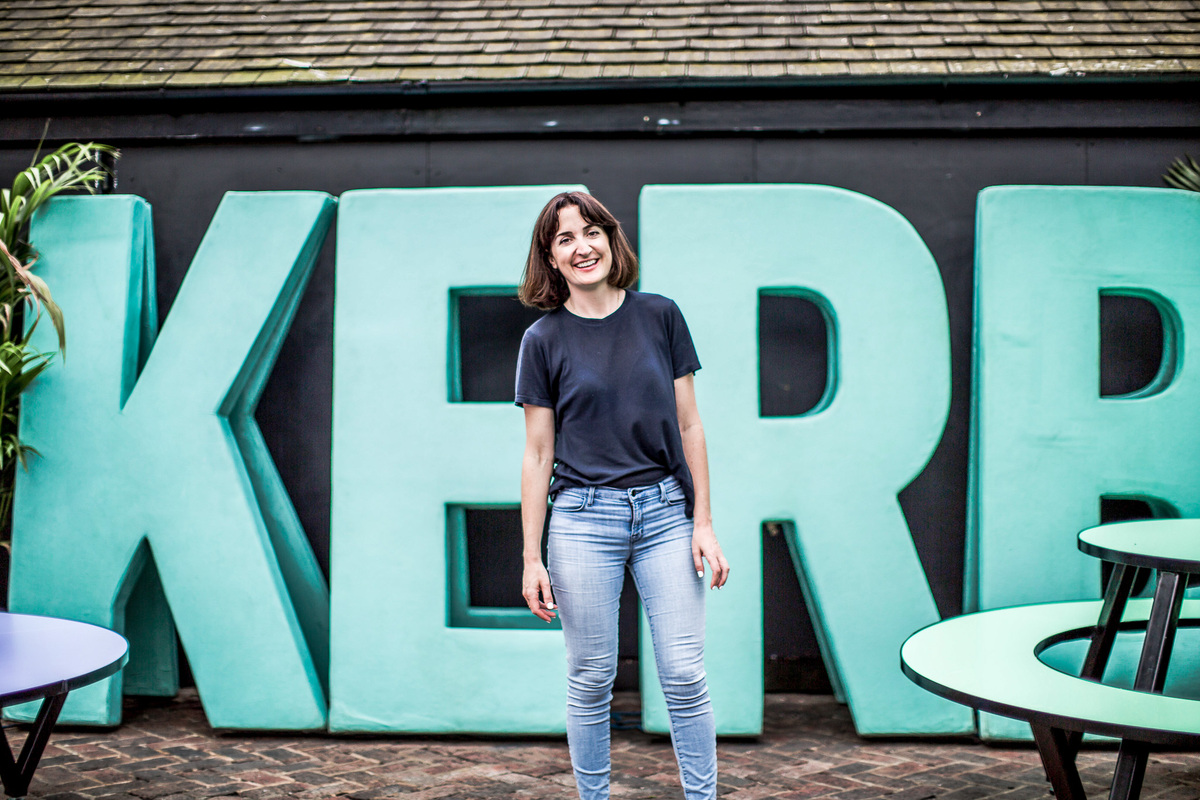
Image: Petra Barran
Needless to say, some innovative dishes are more like a shooting star than a fixed star in the street food sky. It remains to be seen whether game meat burgers, salmon hot dogs or Mkate Mayai (Kenyan biscuit cake with mint, meat and egg) will establish themselves and actually become a widespread trend in Europe. At any rate, what connects Petra Barran’s initiative with European street foodtrends is that it elevates fast food’s cheap and tacky image. The quality of the ingredients is as important as health, animal welfare, sustainability and fair working conditions. Diversity, in turn, leads to innovation, as Petra Barran also points out. “There’s so many great new things in the street food business – and not just with stands that have a fixed location. Some are selling from a hatch, some from their own kitchen, others from a bicycle. It will never stop evolving.”


